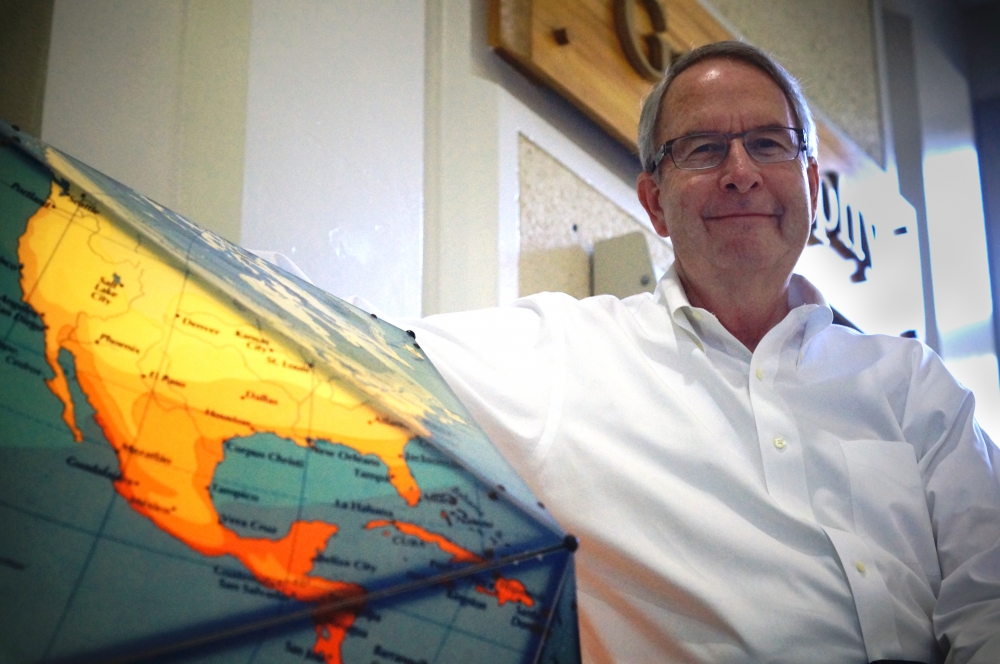
Professor Receives Geographic Information Science Research Award
UC Santa Barbara geography professor Richard Church has been selected for the 2014 University Consortium for Geographic Information Science (UCGIS) Research Award for his highly cited “Maximal Covering Location Problem” paper and relevant fundamental contributions to geographic information science (GIS). Church will receive the award May 21 at the UCGIS summer symposium in Pasadena, California, where he will address the audience.
“I am truly honored by being selected for this award and the recognition it brings to the field of location science,” Church said.
Also associate dean of mathematical, life and physical sciences, Church is a leading figure in scientific efforts to use and combine spatial analysis methods with GIS. He has made sustained academic contributions to GIS, location analysis and modeling, natural resource management and transportation. His findings have impacted a range of disciplines and enhanced planning and decision-making for urban, regional and environmental management.
One of Church’s seminal contributions to location analysis was introduced in the “Maximal Covering Location Problem,” a 1974 article in the “Papers in Regional Science.” This work, upon which he has expanded over the ensuing years, constitutes a major contribution to the theory and application of location analysis. It has also made the transition to location software packages included in commercial GIS, such as ArcGIS and TransCAD.
A second influential aspect of Church’s research pertains to the integration of GIS with location modeling. The culmination of this perspective on geographic information science is his recent book, “Business Site Selection, Location Analysis and GIS.” In this work, he demonstrates how GIS and location modeling are intimately linked in a number of ways — abstraction, data quality, model specification, computational requirement and geo-visualization.
Church has also made significant contributions to natural resource management, transportation and system vulnerabilities in critical infrastructure. He has authored more than 230 publications during his 39-year career, with co-authors representing a broad range of disciplines, including geography, business, environmental science, civil and industrial engineering, operations research, management science, mathematics and statistics. According to Google Scholar, his work has been cited over 7,900 times.
Chair of UCSB’s geography department from 1984 to 1988, Church has served as a consultant to a number of companies and agencies on a wide variety of issues, including systems for manpower deployment and systems for scheduling training activities, which are used by the U.S. Navy, the German Air Force and the Australian Army. He holds a U.S. patent on an optimization method that estimates the manpower needs for emergency medical systems from computerized data systems.
Church received his Bachelor of Science degree from Lewis and Clark College and his Ph.D. in environmental systems engineering from The Johns Hopkins University. In 2009, he was elected Fellow of the Regional Science Association International and Fellow of the American Association for the Advancement of Science. In 2012, he received a lifetime achievement award from the Institute for Operations Research and the Management Sciences.



